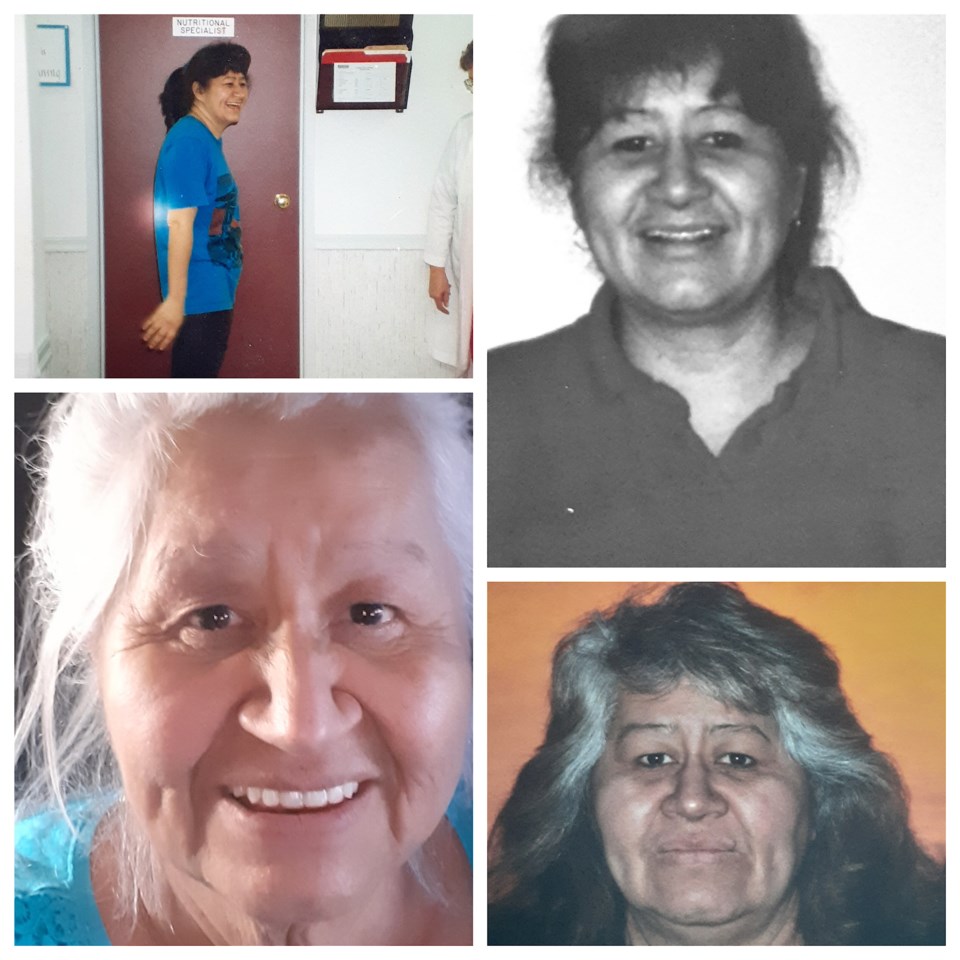Although the medical condition acromegaly may be fairly rare, for those who do live with the hormone disorder, it can cause a plethora of symptoms, such as swelling and growth of facial features, enlargement of internal organs, blurred vision, joint pain, extreme fatigue, and abnormal enlargement of bones and tissues over several years.
An early diagnosis, like most conditions, usually improves outcomes and quality of life, but for some it may take years to be properly diagnosed.
For years, qathet region resident Dian Hackett and her doctor (Dr. Doug Toole), who eventually diagnosed her with the condition, didn't know what was happening to her.
"My blouse size went up, my weight jumped and I had to resize my shoes," said Hackett. "My hands got swollen and I was getting lots of headaches and tiredness. We were trying to figure out what was going on."
According to Acromegaly Canada, the condition is generally caused by a benign (non-cancerous) tumour that is secreting growth hormone (GH). The tumour is typically located inside or attached to the pituitary gland, which controls and regulates all our other glands and organs.
Hackett said she noticed changes beginning in 1989, but it was a mystery as to why. Doctor Doug Toole, who is now retired, was Hackett's general practitioner, and while at a medical conference, the subject of pituitary tumors came up. He began to connect the dots between the symptoms he heard at the conference and what was happening to his patient.
She was finally diagnosed with acromegaly in 2002, when she had a computed tomography (CT) scan and a tumour was found on her pituitary gland. She believes that because she was very athletic in her youth, she was able to survive some of the body altering changes and surgeries she had to endure.
There needs to be more public awareness of the condition, and more awareness from the medical community, in order to get treated right away, she added.
"I didn't recognize me," said Hackett. "My jaw was getting wider, my feet, hands and waist were getting larger."
When she had surgery a hole was drilled into her forehead. "They found a cyst that had taken over; I really went through hell," said Hackett.
Some people with the condition have to have multiple surgeries but Hackett, who is now 70 years old, said she can't have the procedure again because it's too dangerous. She has to live with the condition and is on medication to balance her hormones and block the tumour.
"I get tired very easily and have developed some brain fog," said Hackett. "I joined an acromegaly group because I like to hear what others are going through or what might happen to me next."
Hackett praises Dr. Toole for her finally getting the help and answers she was looking for after all those years, and she hopes her story will help others get an earlier diagnosis.
Acromegaly Canada is looking for people with the condition to take part in an international research study that uses computer technology to try to diagnose patients sooner by detecting the earliest features of acromegaly.
Anyone with questions about taking part in this study can send an email to the research team at [email protected], or call 001.416.864.5312. For more information on the study or to participate, go to redcap.smh.ca/redcap/surveys.
Join the Peak’s email list for the top headlines right in your inbox Monday to Friday.




